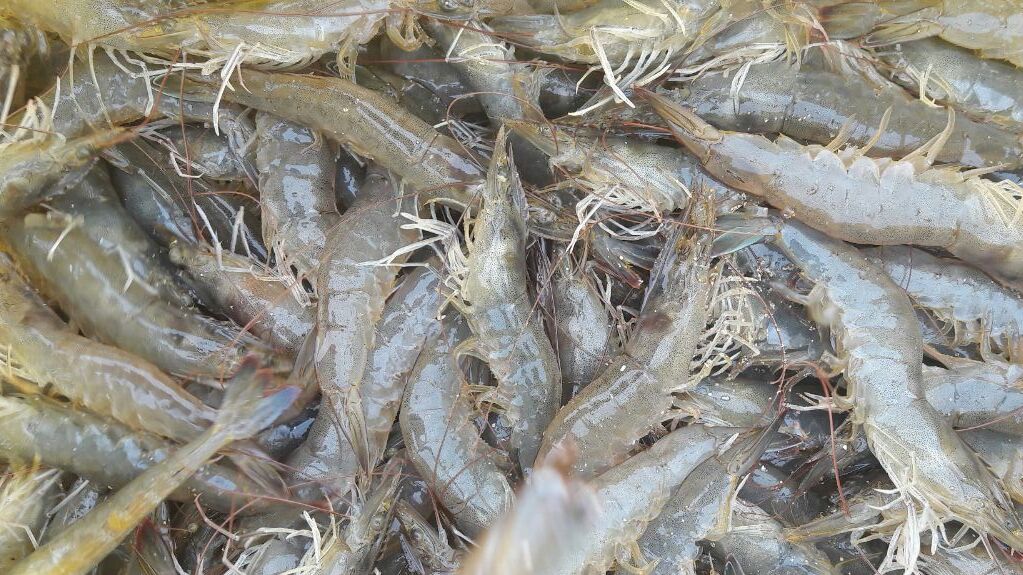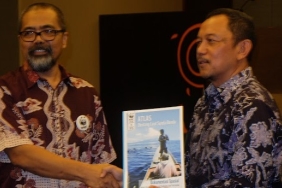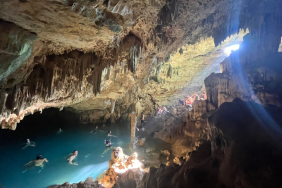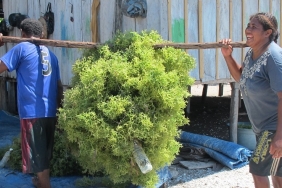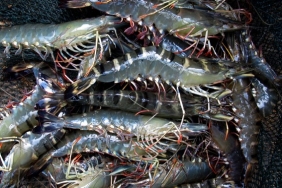WWF ENHANCES CAPACITY OF FACILITATORS OF AQUACULTURE IMPROVEMENT PROGRAM IN SOUTH SULAWESI
By: Zulkarnain (Local Facilitator of Aquaculture Improvement Program (AIP) Pinrang Shrimp)
For quite some time, WWF-Indonesia has made South Sulawesi the home of improved shrimp farming practices through the implementation of Better Management Practices (BMPs) in the series of Aquaculture Improvement Program (AIP).
The best facilitators are deployed to assist fishing groups in realizing the best quality of aquaculture products. Whether it's the Gracilaria seaweed in Takalar Regency, or tiger shrimp owned by the Phronima Group, assisted by WWF-Indonesia in Suppa District, Pinrang Regency.
In practice, these facilitators live with the farmer groups, directly overseeing their work programs. But, of course, directing the group towards a common vision is not as easy as turning the palm of the hand.
"The basic concept of facilitator communication is moving from the circle of influence, and the circle of care," said Arianto Hidayat, a facilitator who has been involved in the PNPM (National Program for Community Empowerment) program. On that day (2/4), WWF-Indonesia held a facilitator training session at the Secretariat of Koran Campus, Hasanuddin University, Makassar. The goal is to enrich the knowledge and improve the ability of facilitators in carrying out their duties.
"A facilitator must be able to initiate an agreement to move together. The function of the facilitator is not to transfer the contents of the head to others, but how to seat the parties to reach a mutual agreement," he continued.
"Facilitators are in charge of helping groups in achieving common goals," said Idham Malik (WWF-Indonesia), reflecting on what it means to be a facilitator - in front of eight participants who were facilitators, prospective facilitators, and Hasanuddin University Journalism students.
Being a facilitator means being able to understand yourself, the community, and the environment using various methods. It should also be understood that the way each person learns can use various doors. Whether through the door of experience, reflection, analysis, and work. The level of people in learning can also be distinguished according to their level. Whether it's learning to know, learning to learn, learning together, and learning independently with successful or failed results.
"You need the equilateral triangle rule as the basis for writing a report," said Ariyanto. "Three things that must be conveyed clearly to the reader, are speech, thought, and writing," he said, summing up the lessons from the games they played that day.
"Today, as a facilitator, we continue to learn to be like coffee," he said again. "Even though it is mixed with various ingredients, the aroma remains," he told all the facilitators in the room.
The hope is that after that day's training, it will be easier for a facilitator to continue learning situationally with the right approach method. For example, the Technical Need Assessment (TNA) approach, which is a needs-based analysis.
The strategy is to look at the meeting point between the three circles of the program, the community circle, and the learner circle. The stronger the facilitator, the more likely a group will advance, realizing aquaculture best practices - and aquaculture products that compete nationally, even internationally.

